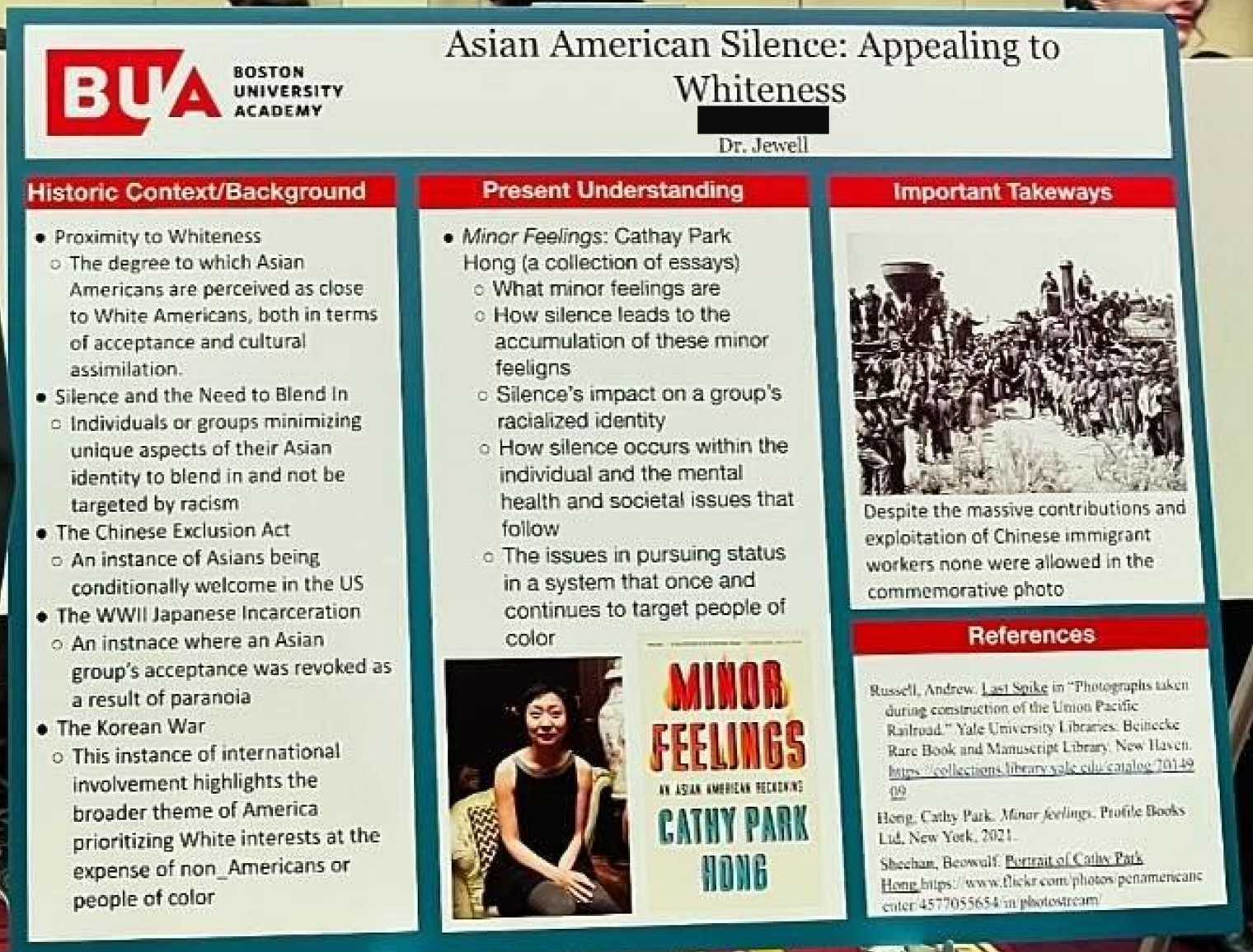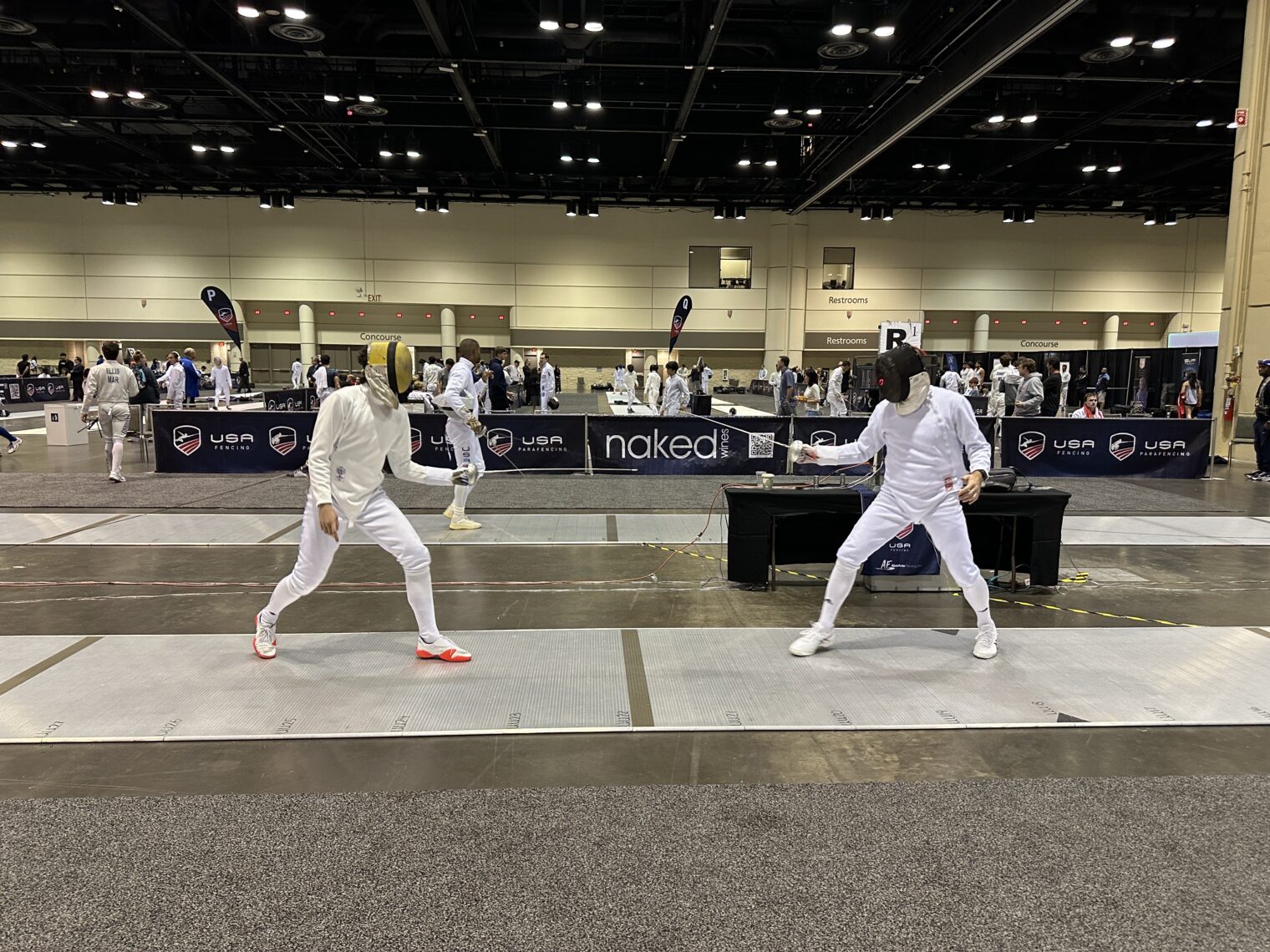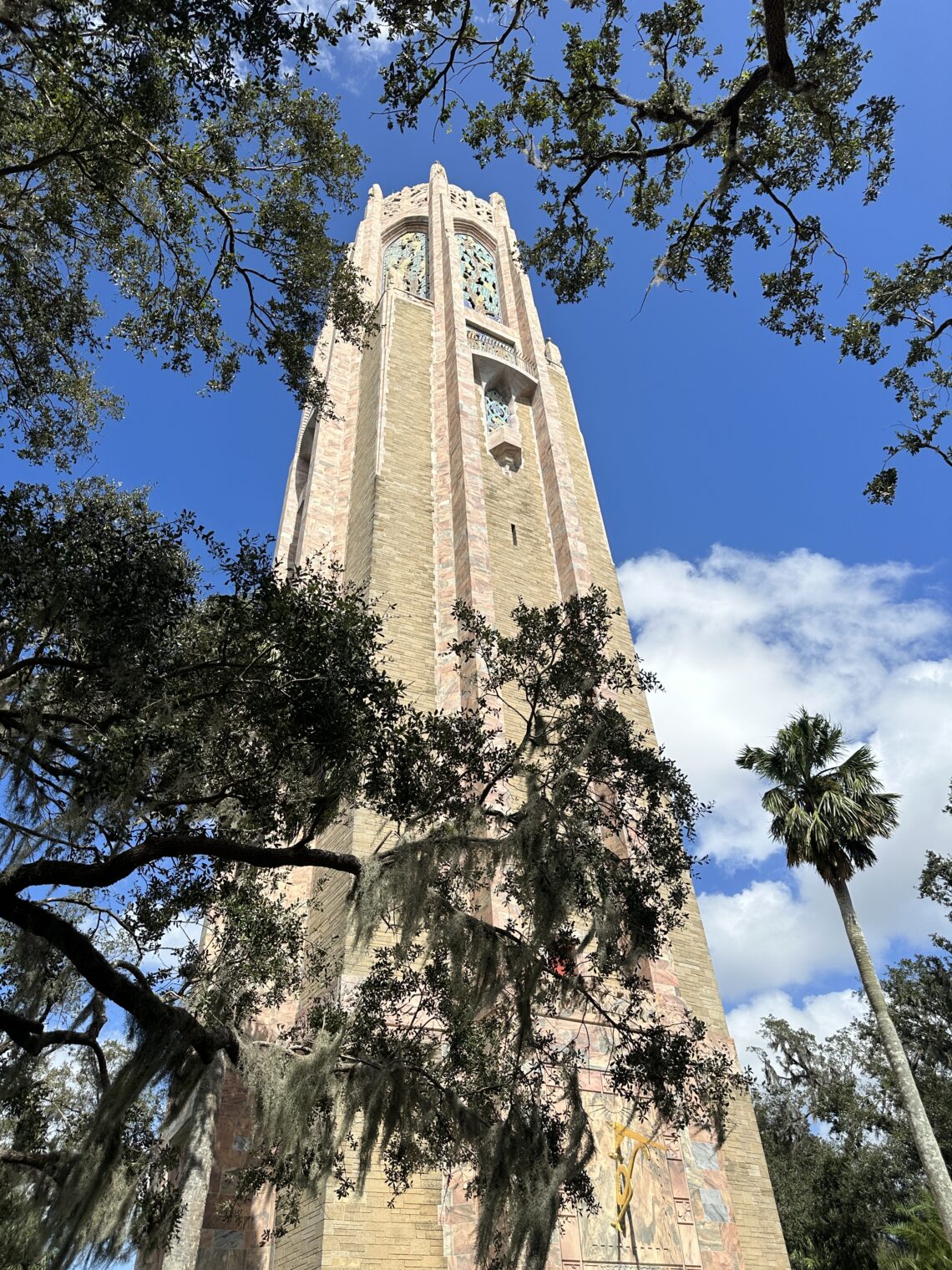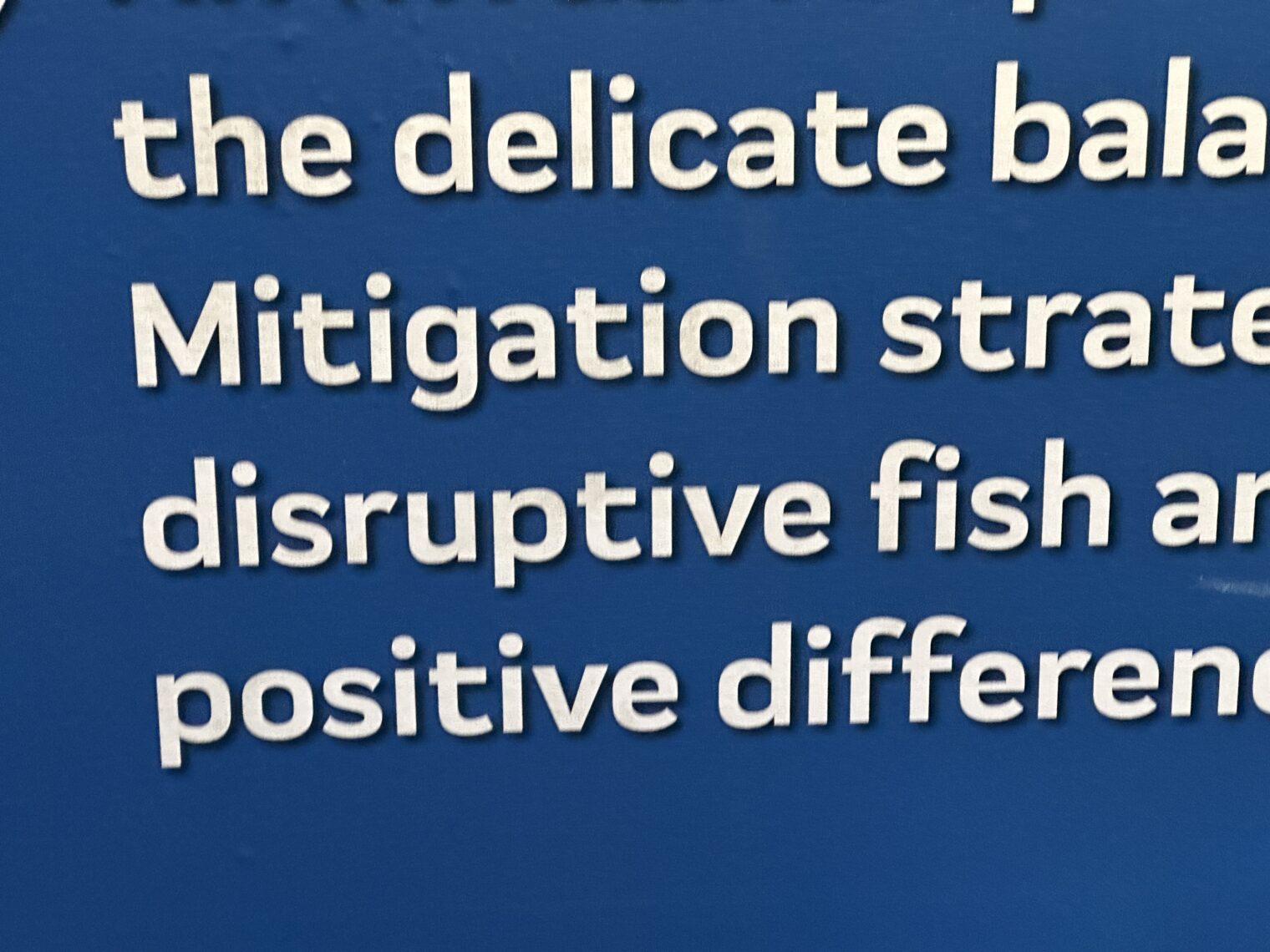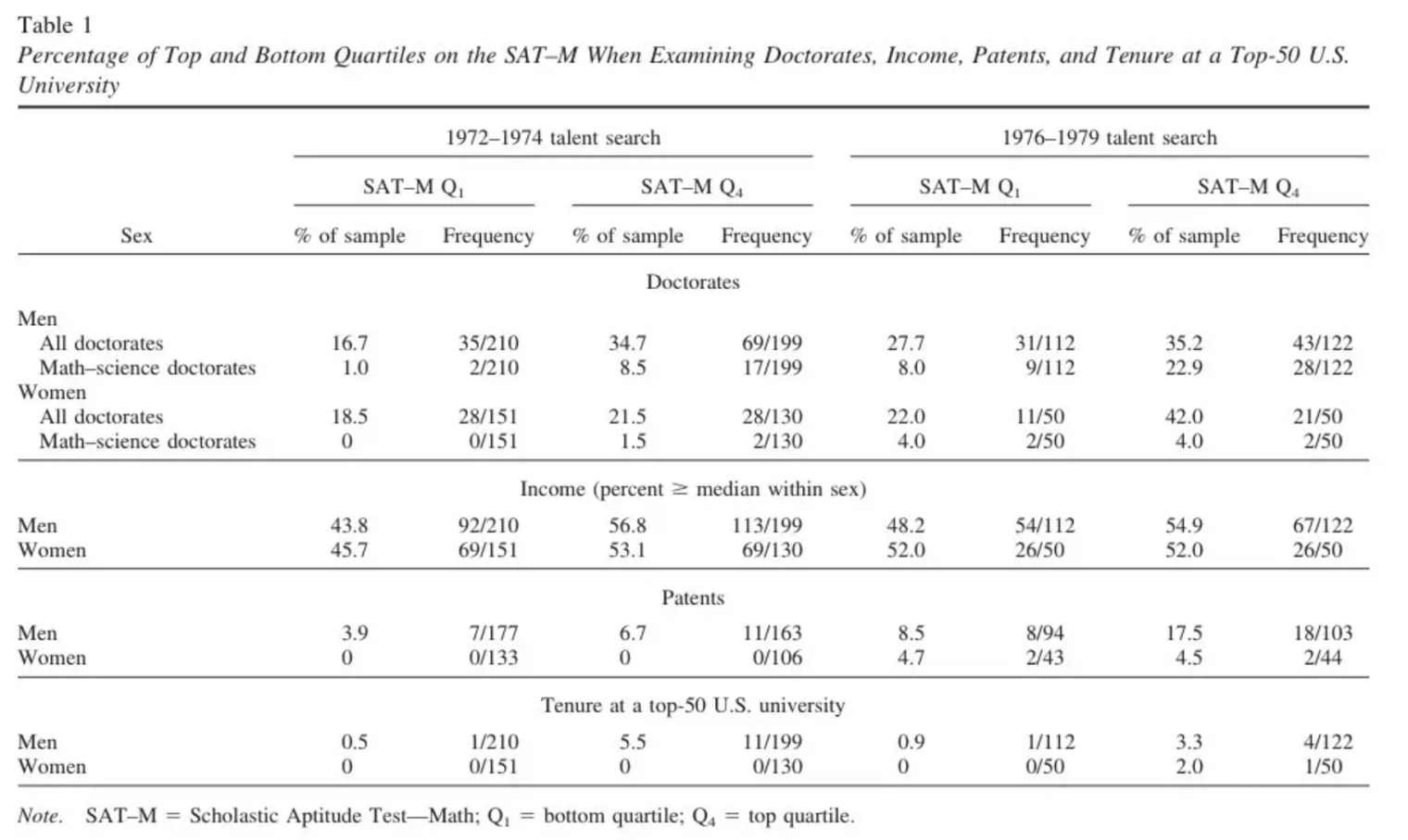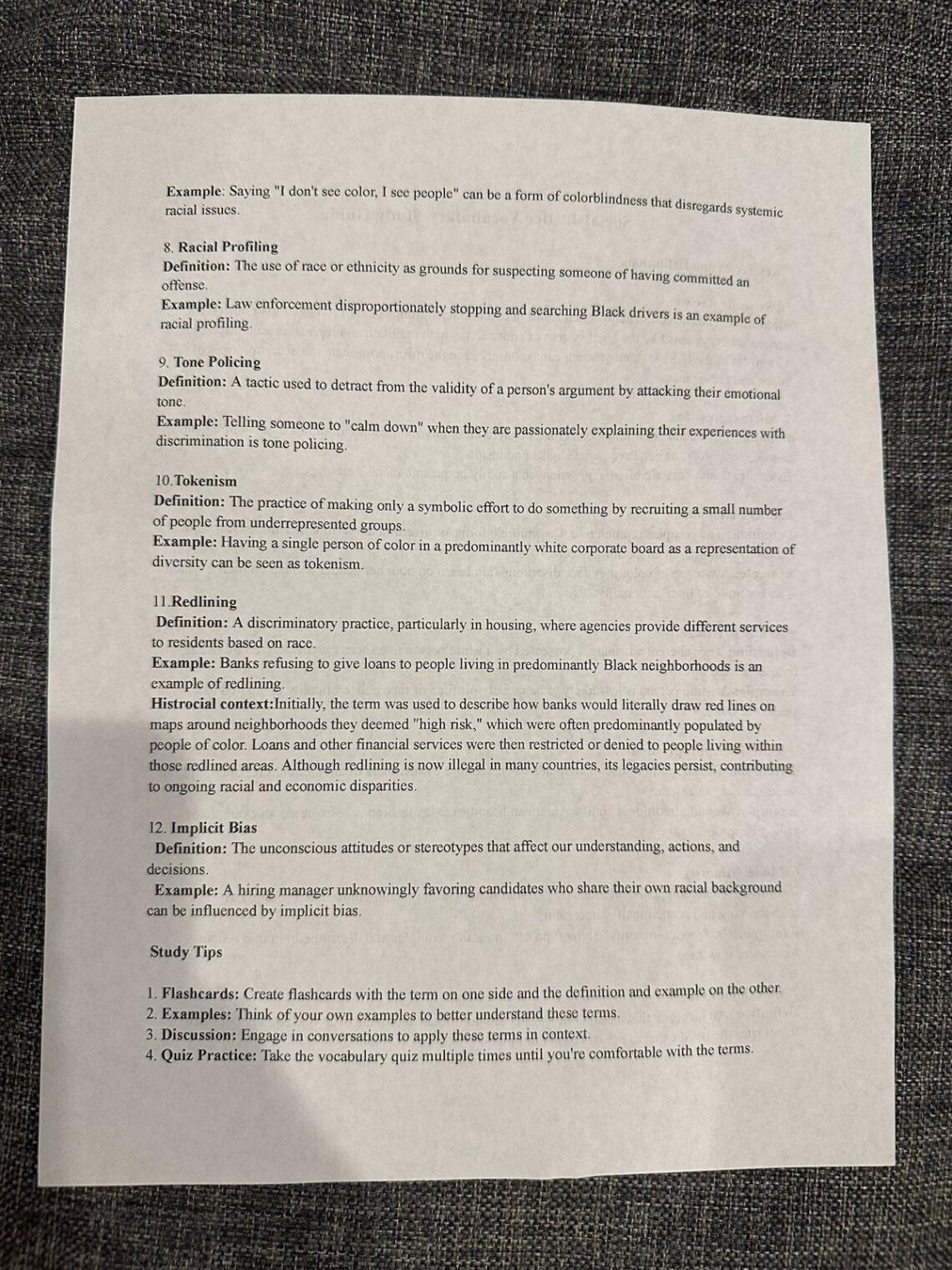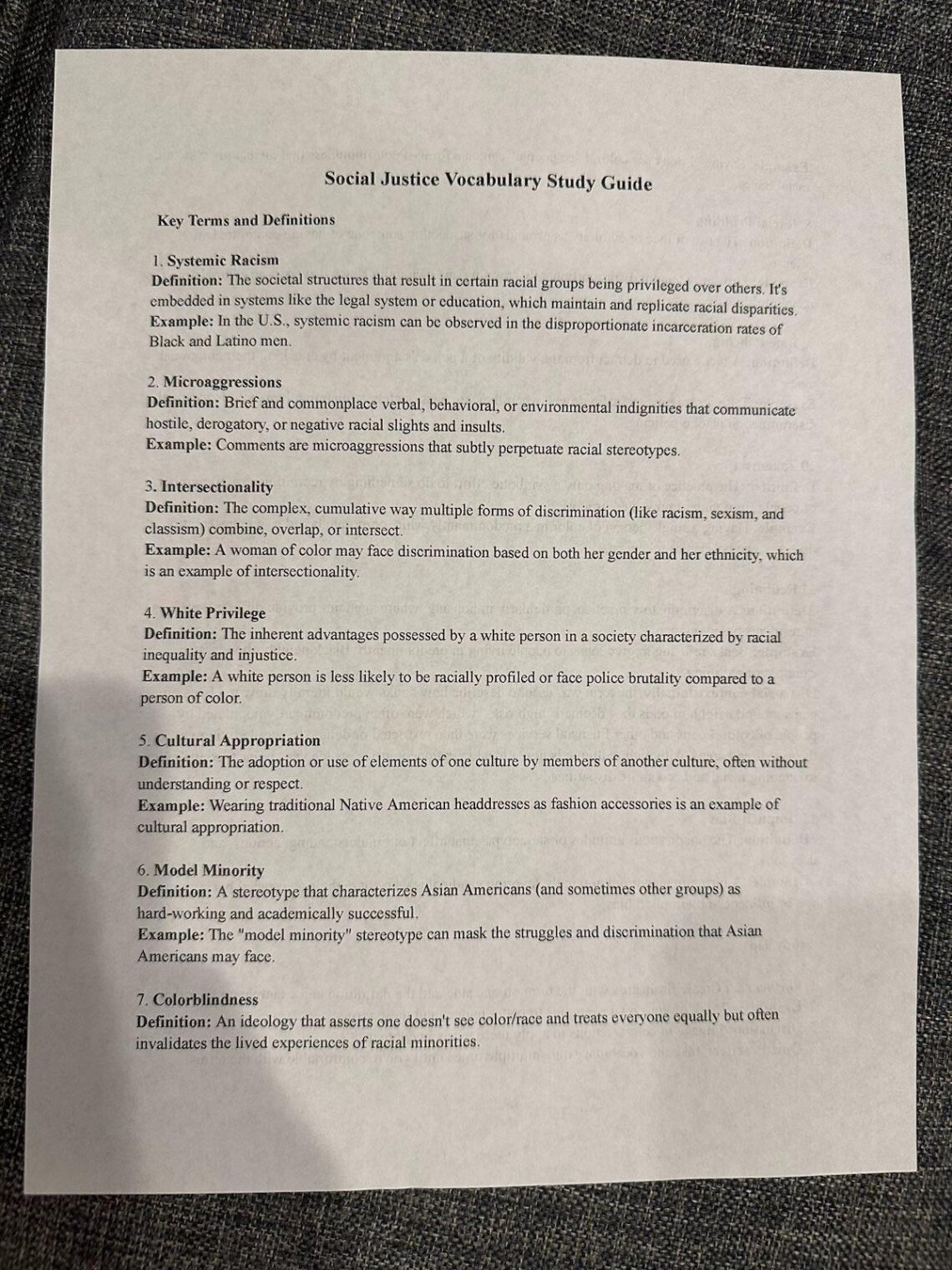“New SAT Data Highlights the Deep Inequality at the Heart of American Education” (New York Times, October 22, 2023):
One-third of the children of the very richest families scored a 1300 or higher, while less than 5 percent of middle-class students did, according to the data, from economists at Opportunity Insights, based at Harvard. Relatively few children in the poorest families scored that high; just one in five took the test at all.
The disparity highlights the inequality at the heart of American education: Starting very early, children from rich and poor families receive vastly different educations, in and out of school, driven by differences in the amount of money and time their parents are able to invest. And in the last five decades, as the country has become more unequal by income, the gap in children’s academic achievement, as measured by test scores throughout schooling, has widened.
What are readers supposed to do with this information? SAT scores are correlated with job performance. By highlighting the dismal scores of a subset of Americans on its front page, is the NYT trying to persuade readers to avoid hiring those who grew up in poverty?
The Newspaper of Truth says that helicopter parenting is the sure path to a smart kid:
Parents have embraced what researchers call intensive parenting — the idea that parents should immerse children in constant learning. Half a century ago, rich and poor parents spent about the same amount of time with their children. Now high-income parents spend more one-on-one time with them, doing activities like reading — what Robert Putnam, the political scientist who wrote “Our Kids: The American Dream in Crisis,” calls “‘Goodnight Moon’ time.”
If true, shouldn’t the SAT scores of children from high-income families be much higher today compared to in the 1970s? The NYT cites no evidence to suggest that “Goodnight Moon” time has helped the privileged brats of today compared to 1970s kids who were left with their toys while moms socialized over gin and tonics, read their own books, had sex with neighbors (“One woman who married at 20 started an affair within a year. ”I think it’s your way of asserting that you can still act independently,” said the woman, now in her mid-30’s.” (NYT 1987)), etc. Also, aren’t the poorest parents the ones who have the most time to spend with kids? Consider what used to be called a “welfare family” whose house, health care, food, smartphone, and broadband are all paid for by taxpayers slaving away at boring jobs. The adults in that family don’t need to suffer the indignity of wage labor in order to keep a roof over their head and food on the table. The NYT does not explain what the jobless poor are doing if not spending time with their children.
One explanation that the NYT does not explore in detail: SAT performance is heritable. If rich parents had high SAT scores and the ability to score well on the SAT is heritable, it would make sense that children of the rich also have high SAT scores. One sentence is devoted to this topic: “Although the heritability of cognitive ability appears to play some role on an individual level, there is also a lot of evidence that environment matters.” There is no explanation for why heritability couldn’t play the same role on a neighborhood or city-wide level. If a neighborhood is packed with low-income parents due to everyone with a higher income having moved out, and employers in our modern economy pay for higher cognitive ability, why wouldn’t the average cognitive ability in the low-income neighborhood be low?
In a study of supernerds, it turned out that a higher SAT math score did correlate with higher income. From Insider:
The chart below compares the top (Q4) and bottom quartile (Q1) of the top 1% of performers on the SAT math section. It shows a significant difference, even among those subsets, in performance later in life (participants were surveyed at around age 33). For example, men in Q4 from one study group earn 13 percent more than those in Q1.
Note that “bottom quartile” was not the “bottom quartile” of all Americans who took the SAT, but of the top 1% supernerds. (identified at age 13).
It is surprisingly tough to find a broad study of how SAT scores from, say, 1990, correlate to 2022 income. But it makes sense that there would be a correlation. People who do well on the SAT are good at sitting at a desk, following instructions, being consistent with procedures, etc. These are exactly the capabilities that many high-paying jobs require. Some high-paying jobs, such as physician, have been explicitly limited to those who score well on standardized tests (though that may change; see “Removing the MCAT Could Improve Diversity in Medicine” (Newsweek 2023)).
Circling back to the NYT article, I find it interesting that the possibility of SAT score being heritable was not considered, even for long enough to dismiss it. Let’s also look at the solution:
The solution, researchers say, is addressing achievement gaps much earlier, through things like universal pre-K, increased funding for schools in low-income neighborhoods, and reduced residential segregation.
It could benefit all parents and students, even wealthier ones. Parenting in highly unequal societies is intense and competitive, driven by fear of the increasing risk that children will be worse off than their parents. Parenting in places with less income inequality and more public investment in families is more playful and relaxed, research shows. When the risk of falling is smaller, a college admissions test becomes less fraught.
The “increased funding for schools in low-income neighborhoods” idea seems inconsistent with a note earlier in the article that the typical state is already spending “more for students in low-income schools”. For example, Baltimore, one of the nation’s worst-performing public school systems, was spending over $17,000 per student in pre-Biden money (Fox), above the state average. Was the money effective? “At 13 Baltimore City high schools, zero students tested proficient on 2023 state math exam” (Fox).
[Note that these per-pupil spending numbers are substantially fraudulent. They don’t count capital costs, which are enormous. When $154 million is spent on a new high school (see https://www.wbaltv.com/article/building-new-lansdowne-high-school/41430553 ), that isn’t “spending”. Nor is the cost of the real estate considered. Baltimore official spending is up to about 22,000 Bidies per year per student, but it would perhaps be over 30,000 Bidies per year if these off-books costs were folded in. https://foxbaltimore.com/news/project-baltimore/baltimore-city-schools-spending-per-student-2022-enrollment-performance-kirwan-new-york-boston-washington ]
Given that the number of spaces at elite colleges is held fixed while the population expands, I would like to see an explanation for how the rich will “benefit” if their kids are out-competed for elite college admissions by the children of the poor, whose schools have been turbocharged with extra money (on top of the existing extra money mentioned in the article). Why didn’t Asian-Americans realize how much better off they were when Harvard rejected them in favor of non-Asians? (see Students for Fair Admissions v. Harvard) Are Jewish families better off now that their kids can’t get into elite schools? (“Harvard has gone from being 25% Jewish in the 1990s and 2000s to under 10% today. … Penn’s Jewish population declined from 26% in 2015 to 17% in 2021”; Tablet)
Related:
Full post, including comments 

